Can you remember how fun (and forbidden) it was to draw on the wall when you were a kid? Or how excited you were when the teacher allowed you to use the classroom board? (I know – I’m so old that Smart Boards were science fiction when I was a kid, and chalks with colors were a rarity).
I’m so happy I have started doing it again – several times a week! I cannot imagine a day in my office without using our dry erase boards. Aside from computers, they are the most useful and productive tools we have. The overview, interaction and creative collaboration we get using the boards cannot be compared with anything else. We also get old-skool multimedia using post-its on the board along with magic markers.
Bigger is definitely better. BrainSpores has four floor-to-ceiling, wall-sized boards on sliders. We permanently keep our Task Board on one of the boards. And it’s not just BrainSpores that advocates using whiteboards. Check out this article from WSJ titled “High Tech’s Secret Weapon: The Whiteboard.”
How many of us have whiteboards, but find they are unused? Assuming they aren’t hidden behind a screen, whiteboards are often used only occasionally when a presenter needs to explain something in more detail, or perhaps when somebody wants to make a larger and more memorable impact. The key is to get people off their chairs – collaborate with a marker in hand and building on each other’s ideas.
So – what if your workspace does not have the allocated space needed for a large dry erase board? Be creative – use:
- your windows
- or a glass table
- or even a large mirror
- You can also have a creative collaboration session by the fridge – using the refrigerator as your board!
The prominent visibility of a whiteboard may also be the excuse it is not used.
Visitors might easily see problems, clients, company secrets or strategy that are on a whiteboard. How can this be solved?
One alternative is purchasing boards that are on wheels that allow the board to be moved to face against a wall. Two-sided whiteboards can also be purchased that flip, where you can label one side as “Confidential” and the other as “Public.” In BrainSpores case, we put our confidential material on the back dry erase board and cover it by sliding over a forward board. We have customers who use code-names and others who have specific creative collaboration areas that are project specific.
And, one last note that is extremely important: Take a photo of the board with your mobile before you erase it – before you prepare your canvas for a new and exciting creative collaboration or problem solving session! Send it via message or email to fellow participants and store the photo in a shared folder where everyone involved can find it.
Share how you write on the walls and keep your secret information…well, secret!
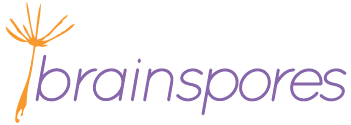
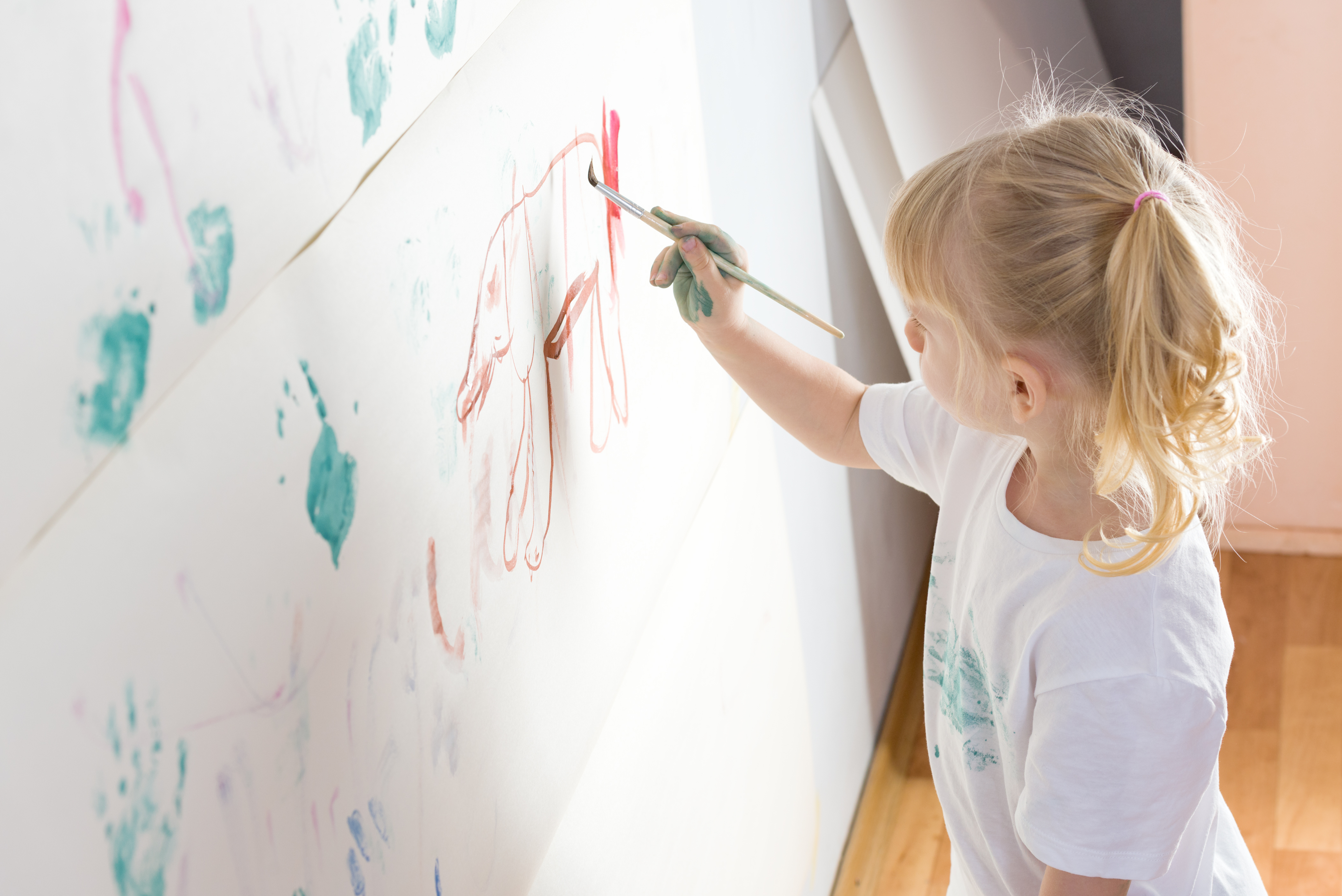


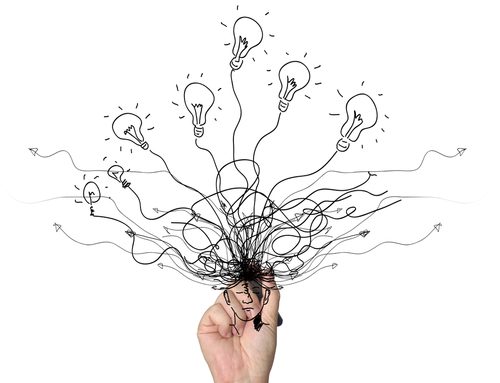
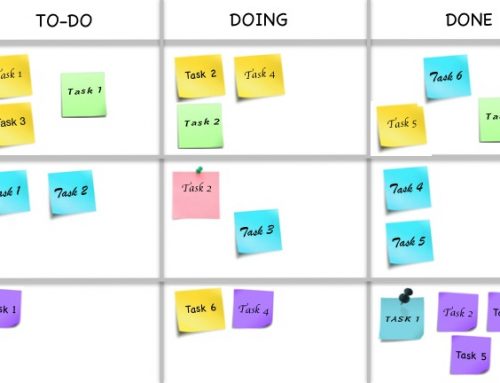
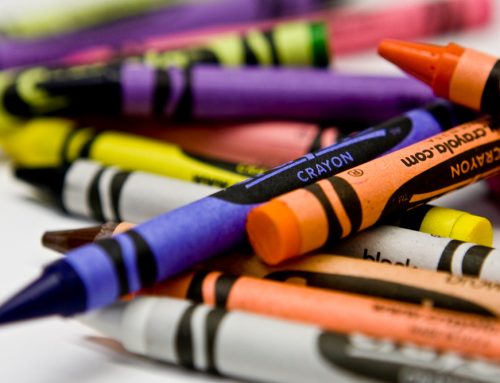
Leave A Comment